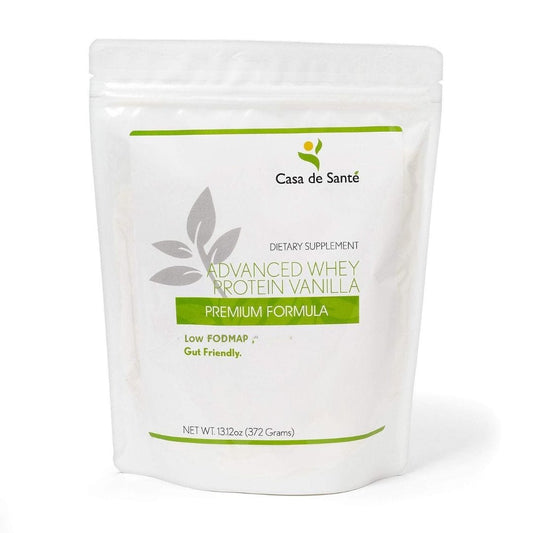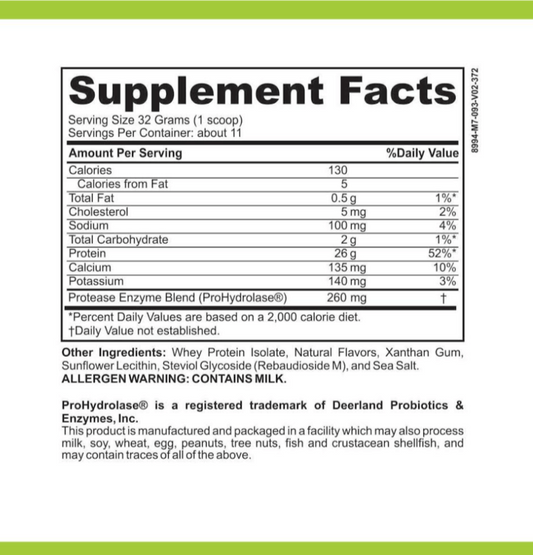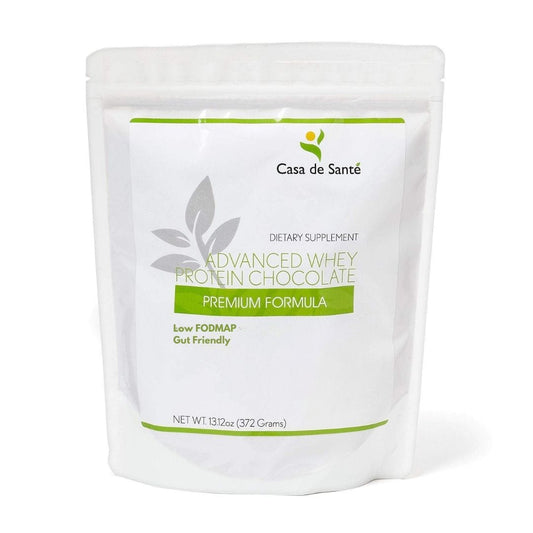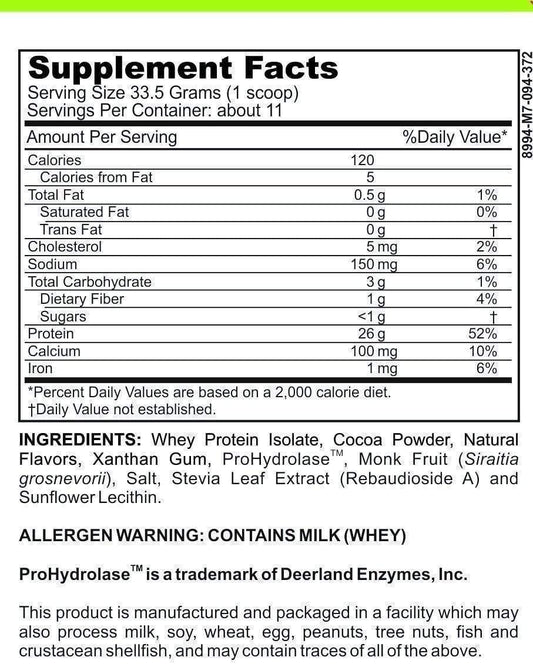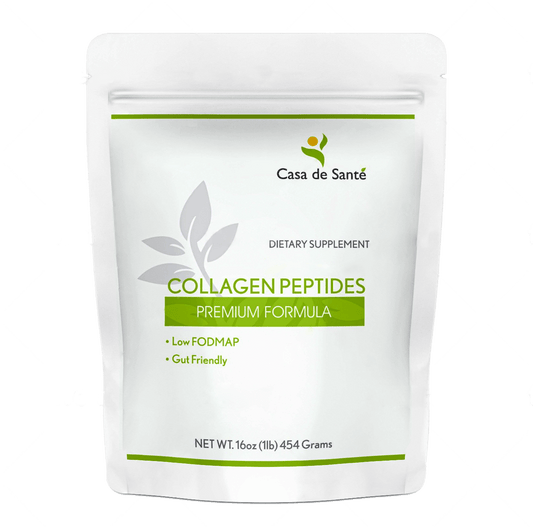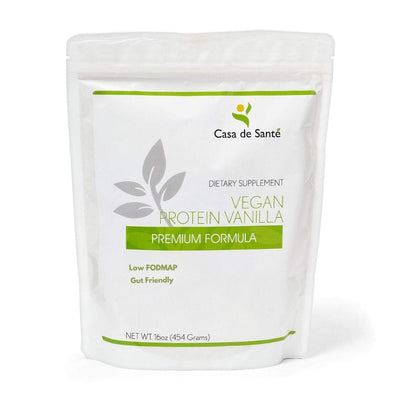Is Natural Food Color Paleo
Is Natural Food Color Paleo
The Paleo diet has gained significant popularity in recent years, as people strive to adopt a more natural and holistic approach to their eating habits. One area of dietary concern for adherents of the Paleo diet is whether natural food colors align with its principles. In this article, we will explore the origins and principles of the Paleo diet, delve into the science behind natural food colors, and examine their compatibility with the Paleo lifestyle.
Understanding the Paleo Diet
The Paleo diet, also known as the Paleolithic diet or caveman diet, is based on the idea of eating foods that were available to our ancestors during the Paleolithic era. It emphasizes consuming unprocessed foods that our bodies are genetically designed to digest.
The principles of the Paleo diet revolve around the belief that modern agricultural practices and the introduction of processed foods have contributed to various health issues. By adopting a diet similar to that of our ancestors, proponents of the Paleo diet argue that we can improve our overall health and well-being.
The Paleo diet encourages the consumption of lean meats, fish, fruits, vegetables, nuts, and seeds. These foods are considered to be nutrient-dense and provide the body with essential vitamins, minerals, and antioxidants. By excluding grains, dairy products, legumes, refined sugar, and processed oils, the diet aims to eliminate foods that may cause inflammation and disrupt the body's natural balance.
Origins of the Paleo Diet
The origins of the Paleo diet can be traced back to the 1970s when gastroenterologist Walter L. Voegtlin popularized the concept of eating like our Paleolithic ancestors. Voegtlin argued that our bodies are not adapted to the modern diet, which is high in refined carbohydrates and processed foods. Instead, he believed that we should consume foods that our bodies have evolved to digest over thousands of years.
Since then, the Paleo diet has gained a significant following, with many individuals adopting this way of eating as a means to improve their health and lose weight. While the diet has its critics, proponents argue that it can lead to weight loss, improved blood sugar control, and reduced inflammation.
Common Foods in the Paleo Diet
When following the Paleo diet, individuals often enjoy a variety of foods that are considered to be in line with the principles of the diet. These foods include:
- Grass-fed beef: This type of beef comes from cows that have been fed a natural diet of grass, resulting in meat that is leaner and higher in omega-3 fatty acids.
- Free-range poultry: Poultry that is free-range has been allowed to roam freely and feed on a natural diet, resulting in meat that is lower in fat and higher in nutrients.
- Wild-caught fish: Fish that is caught in the wild is often considered to be a healthier choice than farmed fish, as it is typically lower in contaminants and higher in omega-3 fatty acids.
- Eggs: Eggs are a staple in the Paleo diet, providing a good source of protein and essential nutrients.
- Seasonal fruits: The Paleo diet encourages the consumption of fruits that are in season, as they are often fresher and more flavorful.
- Non-starchy vegetables: Vegetables such as broccoli, spinach, kale, and peppers are commonly consumed on the Paleo diet due to their high nutrient content and low carbohydrate content.
- Nuts and seeds: These are a great source of healthy fats, protein, and fiber, and can be enjoyed as a snack or added to meals for extra nutrition.
By focusing on these foods, individuals following the Paleo diet aim to provide their bodies with the nutrients they need to thrive, while avoiding foods that may cause inflammation or disrupt their overall health.
The Science of Natural Food Colors
What are Natural Food Colors?
Natural food colors are derived from plants, minerals, or other natural sources, and are used to enhance or add color to various food products. Unlike artificial food colors, natural food colors are made using ingredients found in nature, without the use of synthetic chemicals or additives.
These natural food colors not only provide visual appeal to food but also offer certain health benefits associated with the natural compounds present. For example, beet juice powder, which is a commonly used natural food color, contains betalains, which are known to have antioxidant and anti-inflammatory properties. Turmeric, another popular natural food color, contains curcumin, a compound with potential anti-cancer and anti-inflammatory effects.
In addition to their health benefits, natural food colors also contribute to the overall sensory experience of food. The vibrant hues of these colors can stimulate appetite and make food more visually appealing, enhancing the enjoyment of the eating experience.
How are Natural Food Colors Made?
The production of natural food colors involves extracting pigments from natural sources and processing them into a concentrated form that can be used in food products. This can be done through various methods such as crushing, grinding, drying, and extracting using solvents or water.
For example, beet juice powder is made by extracting the pigments from beets and then drying and grinding them into a fine powder. Turmeric, on the other hand, is made by extracting the pigments from the turmeric root and then drying and grinding them into a powder.
The resulting extracts are then further refined and standardized to ensure consistency in color intensity and stability. This involves removing impurities and adjusting the concentration of the pigments to achieve the desired color. It's important to note that the use of natural food colors is regulated by food safety authorities to ensure their safety and adherence to quality standards.
Furthermore, the production of natural food colors often involves careful selection and sourcing of raw materials. For example, the quality and composition of the plants or minerals used can greatly affect the color and stability of the final product. Factors such as climate, soil conditions, and harvesting methods can all impact the color and quality of the natural food colors produced.
In recent years, there has been a growing interest in using natural food colors due to consumer demand for clean label products. Natural food colors are seen as a healthier and more sustainable alternative to artificial food colors, as they are made from renewable resources and do not contain synthetic chemicals.
Overall, the science behind natural food colors is a fascinating field that combines the principles of chemistry, biology, and food technology. Through careful extraction, processing, and refinement, natural food colors are able to provide both aesthetic appeal and potential health benefits to a wide range of food products.
Natural Food Colors and the Paleo Diet
Evaluating Natural Food Colors for Paleo Compliance
When evaluating the compatibility of natural food colors with the Paleo diet, it's crucial to consider the sourcing and processing methods employed in their production. The Paleo diet emphasizes consuming foods that are minimally processed and free from artificial additives.
One important aspect to consider is the sourcing of natural food colors. Ideally, they should be derived from organic sources to ensure that they are free from pesticides and other harmful chemicals. For example, natural red food coloring can be obtained from beets, which are known for their vibrant color and nutritional benefits. By choosing organic beet-derived food coloring, you can ensure that you are not consuming any unwanted chemicals or additives.
In addition to sourcing, the processing methods used in the production of natural food colors should also be taken into account. While natural food colors are made from natural sources, the extraction and refining processes may involve some level of processing. To adhere to the principles of the Paleo diet, it is advisable to opt for natural food colors that undergo minimal processing. This ensures that the colors retain their natural properties and are closer to their original form.
Potential Health Impacts of Natural Food Colors on a Paleo Diet
Natural food colors can provide health benefits due to the presence of natural compounds and antioxidants in their sources. For example, beetroot-derived colors contain nitrates that may support cardiovascular health. These nitrates have been shown to help lower blood pressure and improve overall heart health. By incorporating beet-derived food coloring into your Paleo diet, you can not only enhance the visual appeal of your dishes but also potentially improve your cardiovascular well-being.
Another natural food color that can have positive health impacts is turmeric-derived coloring. Turmeric is well-known for its anti-inflammatory properties, thanks to its active compound called curcumin. By using turmeric-derived food coloring, you can add a vibrant yellow hue to your Paleo dishes while also potentially benefiting from its anti-inflammatory effects.
However, it is important to consume natural food colors in moderation. While they may offer health benefits, excessive intake may lead to an imbalance in nutrient consumption. It's always best to follow the principle of moderation and use natural food colors sparingly.
Furthermore, individuals with specific dietary restrictions or allergies should be mindful of the natural sources used in food coloring. For example, some natural food colors may be derived from common allergens such as nuts or soy. If you have any known allergies, it is important to carefully read the ingredient labels or consult with a healthcare professional to ensure that the natural food colors you choose are safe for your consumption.
Frequently Asked Questions about Paleo and Natural Food Colors
Welcome to our FAQ page on Paleo and natural food colors! We understand that following a Paleo diet can sometimes be challenging, especially when it comes to finding suitable food coloring options. In this section, we will address some common questions and provide you with valuable information to help you navigate the world of natural food colors.
Can I Use Natural Food Colors on a Paleo Diet?
Yes, absolutely! Natural food colors can be used on a Paleo diet, as long as they are sourced from organic, minimally processed ingredients. The Paleo diet focuses on consuming foods that were available to our ancestors during the Paleolithic era, which means avoiding processed and artificial ingredients. By choosing natural food colors derived from organic sources, you can add vibrant hues to your dishes without compromising your Paleo lifestyle.
When incorporating natural food colors into your Paleo recipes, it is essential to carefully read labels and choose colors that do not contain any artificial additives or preservatives. Look for products that are made from pure, plant-based ingredients, such as fruits, vegetables, and spices.
What are Paleo-Friendly Alternatives to Natural Food Colors?
If you prefer not to use natural food colors or have difficulty sourcing them, fret not! There are plenty of Paleo-friendly alternatives available that can add a pop of color to your culinary creations. One option is to utilize natural ingredients such as spices. For example, turmeric can lend a beautiful golden hue to dishes, while paprika can infuse a warm reddish tone. These spices not only provide color but also bring unique flavors to your meals, enhancing the overall taste experience.
Another alternative is to explore the world of vegetable and fruit juices. By extracting vibrant liquids from beets, carrots, berries, or spinach, you can create your own homemade food coloring. These juices not only provide natural pigments but also offer additional nutritional benefits, as they are packed with vitamins, minerals, and antioxidants.
Experimentation is key when it comes to finding the perfect Paleo-friendly food coloring options. Don't be afraid to get creative in the kitchen and try out different ingredients and preparation methods. You might be pleasantly surprised by the visually stunning and delicious results you can achieve without the need for artificial food dyes.
In conclusion, natural food colors can align with the principles of the Paleo diet when sourced from organic and minimally processed ingredients. They offer a more natural alternative to artificial food colors, providing visual appeal to dishes while imparting certain health benefits associated with their natural sources. By making informed choices and incorporating these colors mindfully, individuals can enhance their Paleo eating experience while staying true to the principles of the diet.
We hope this FAQ section has provided you with valuable insights into the world of Paleo and natural food colors. Remember, embracing a Paleo lifestyle doesn't mean sacrificing visual appeal in your meals. With the right knowledge and ingredients, you can create stunning and nutritious dishes that will delight both your taste buds and your eyes!









